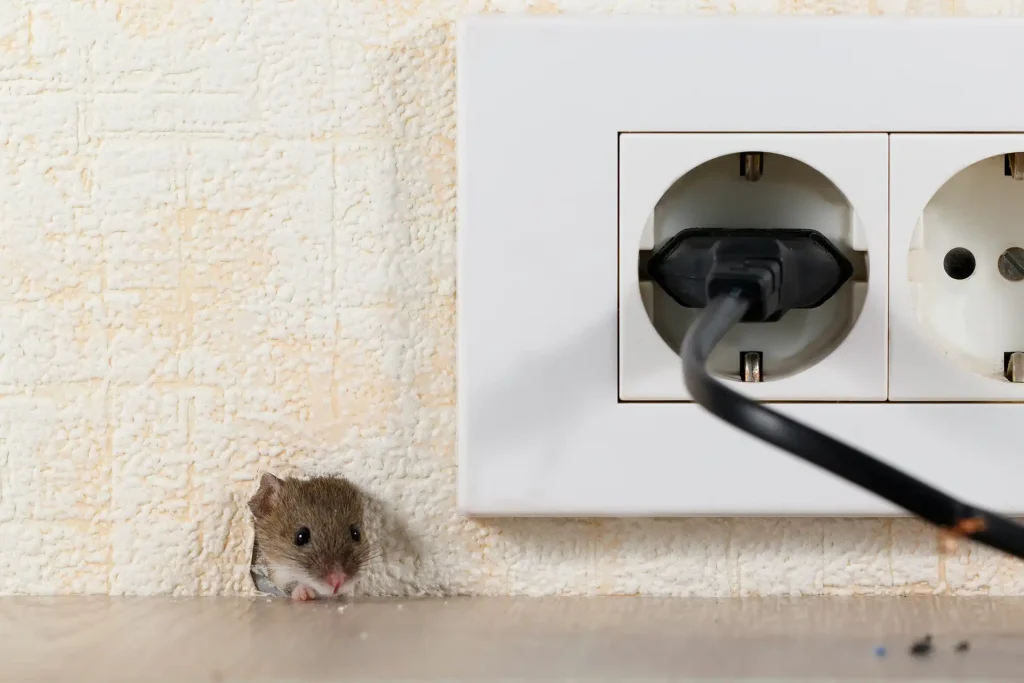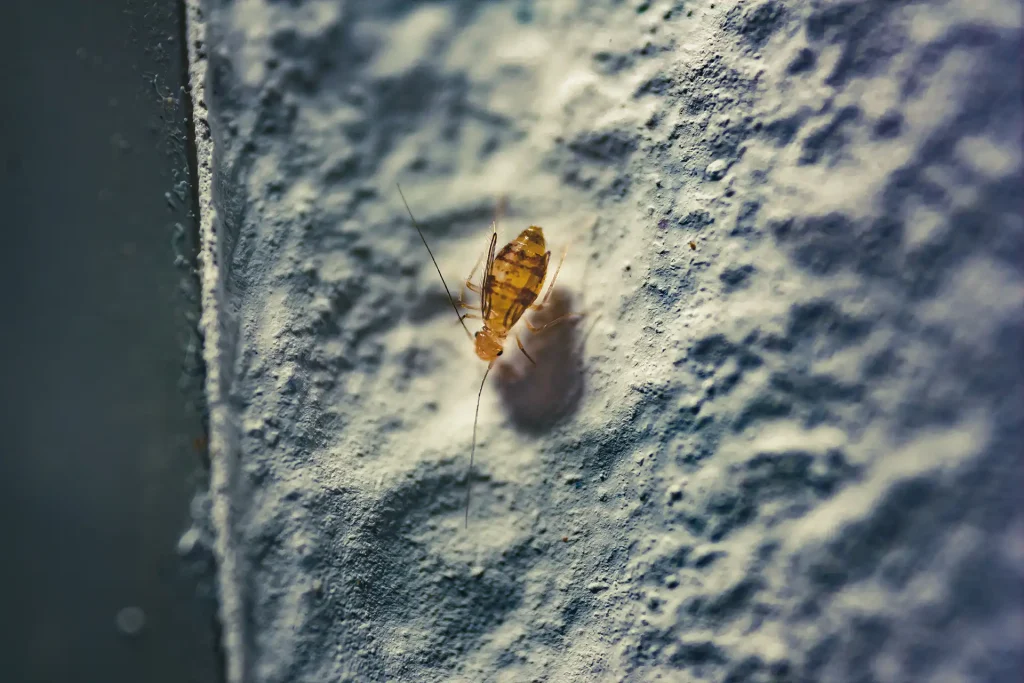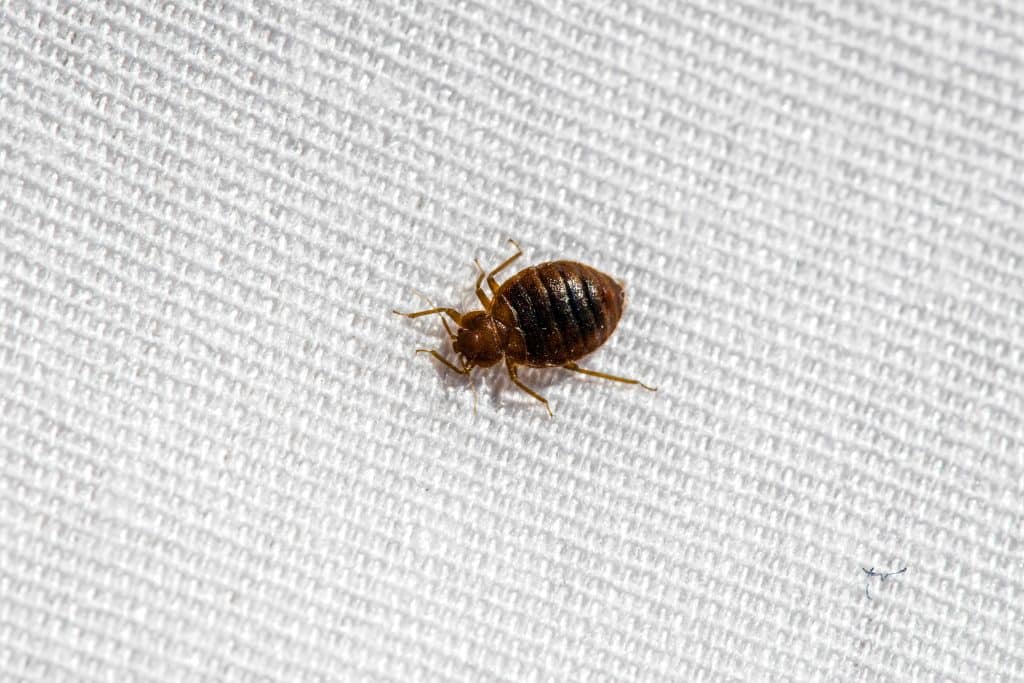Bringing indoor plants into your house is likely to cause an influx of pests. There are many types of pests that can inhabit plants indoors. These pests can be harmful to the plant and people that come into contact with them. It is advisable to deal with most pest issues before they expand into full-blown infestations.
However, you will find that indoor plant pests are elusive and hard to find, seeking out the tiniest hiding spots possible. Below is a list of the most common indoor plant pests and some ways to control them.
Read also: 5 House Plants That Attract Bugs
Common indoor plant pests
1. Aphids
One of the more common houseplant parasites are aphids. They are coarse, soft-bodied insects that are usually green, though they can also be brown, black, yellow, or pink. Aphids harm plants by sucking up the plant’s sap and rind, thereby depriving it of its vital nutrients
Aphids love most crops and plants especially young ones. Since aphids feed on the sap of plants, you will see wilted or stunted leaves and destroyed buds. They also secrete a sticky, sweet, sugary substance called honeydew, which looks like kidney-shaped drops.
How to get rid of Aphids: They are soft enough to be crushed by your bare fingers. However, spraying the attacked houseplant with a hose at full power will knock them out of the leaves and will prove more effective than by hand. For more difficult infestations, use insecticidal soap spray, pyrethroids or neem oil extract. You can also consider employing natural predators.
2. Fungus Gnats
Fungus gnats’ wings are weak, so they are most often found flying near the ground or across it. Adults are a nuisance to people but, the larvae of fungus gnats are the real menace to plants. The larvae will feed on the soil’s fungi and plant roots, which can be detrimental to the plants.
These plant pests are drawn to any overwatered indoor plant. This is because the soil fungus that they feed on only grows on moist soil. An initial fungus gnat attack will cause a plant to slowly die.
How to get rid of Fungus Gnats: Spread Bacillus thuringiensis (BT) over the ground around your indoor plant as an environmentally-friendly pest control method. To trap these pests, hang yellow sticky traps around the plant. You can also use other plants to keep gnats away from your house and garden.
3. Mealybugs
Known for their whitish color, mealybugs give off secretions that range from white to yellow, giving them the appearance of small bits of cotton. These secretions also protect them from pesticides, making them to be particularly difficult to eliminate. Mealybugs exude honeydew and feast on sap like aphids. They are slow movers but prolific breeders.
Mealybugs feast on succulents, soft-stemmed plants, citrus, and rosemary. They hide within leaves or flower petals because their white bodies are easy to spot. Plants with deformed or stunted growth, or honeydew are indicators of mealybugs infestation.
How to get rid of Mealybugs: Isopropyl alcohol is an effective pesticide mealybugs. You can apply an alcohol-based solution to your mealybug-infested plants. Another option is to purchase a particular species of ladybird known as the “mealybug destroyer” which will eat the mealybugs on infested plants.
4. Spider Mites
These are indoor plant mites that build upside-down, silken webs and are closely related to spiders. Like aphids, spider mites drink plant sap. Spider mites are especially disliked among indoor plant pests because they are very hard to remove. For that reason, it is a good idea not to ignore spider mites and take proper care of your houseplants.
Spider mites are attracted to most crops and house plants. Tomatoes and ornamental flowers are their favorites. They are so small that they’re hard to see by the naked eye. Look for reddish or yellowed leaves and speckling on the plant’s leaves to find out if your plant has a spider mite problem.
How to get rid of Spider Mites: You can vigorously spray the insect-infested plant with high pressure water to drive them off the leaves and destroy their web. Pay special attention to the underside of the leaves as you water the plant. Keep the plant in a humid environment to discourage spider mites.
5. Whiteflies
Thystorium verticillus [Whitefly], are not in fact flies. They resemble yellow moths and have wings that can appear feathery. Just like their aphid cousins, whiteflies feed on plant sap and secrete honeydew.
Whiteflies like ornamental plants, peppers, potatoes, and tomatoes. Yellowing or withering foliage may signify the presence these pests.
How to get rid of Whiteflies: Hang yellow sticky traps close to your plants to capture whiteflies. Use a spray bottle to spray the plants with water and soap to kill them. You can also lace your plants with imidacloprid spikes, which are a type of insecticide.
Read also: The Best Indoor Plants To Keep Bugs Away
Contact Greencare Pest Control to deal with your pest problems
Certain home solutions may not be effective for eliminating household pest infestations. If your pest problem worsens, contact a pest control in Singapore before the issue gets severe. To learn more about pest control for your home, contact Greencare Pest Control today!








